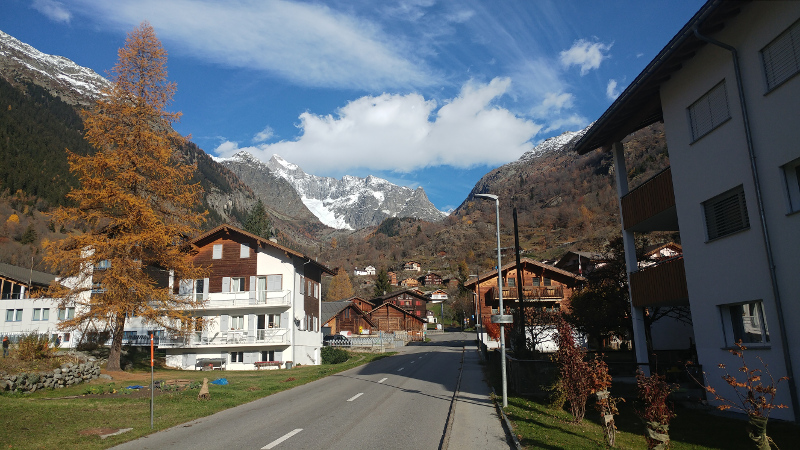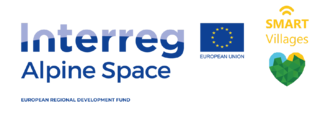Smart metering Upper Valais (Ried-Brig and Fieschertal)
 This contend was translated with Google translate. Post in original language in available here.
This contend was translated with Google translate. Post in original language in available here.
The municipality of Ried-Brig did not have any water meters; consumption was not billed at tax points based on consumption. With the introduction of water meters, the aim was to bring about a more economical consumption of water, so the decision was immediately made to take a leap into the future and to introduce electronic water meters in connection with smart metering. An adjustment of the water regulations was necessary for this. In the vote on these water regulations at the end of 2017, there was a high turnout with no dissenting vote (it was well communicated in advance by the municipality).
- Installation procedure: a) The owner selects the plumbing company from a list b) Plumbing collects water meters from the municipality c) Plumbing installs meters and creates an installation protocol d) Plumbing issues an invoice with an installation protocol (the installation protocol is important for embedding water meters in the smart metering system Electricity meter) to the municipality (100 CHF municipal contribution for installation per meter, this amount is sufficient if there are adapters). Aqua Metro was selected as the manufacturer for the meters. Brig and Naters have already opted for this because of their good price / performance ratio (meter costs approx. 150 CHF, depending on the flow rate). The radio connection between the smart meter in the house and the ENBAG headquarters is usually not a problem, if there are problems, you can drive through the village with a recording device at the reading appointment.
- In Ried Brig, the water meters are integrated into the system of the electricity supplier ENBAG (Ried Brig was a pilot municipality and therefore came to this integration quite cheaply). Thanks to an interface, the water meters can be recorded together with the electricity meters and integrated directly into the charging system. The ENBAG bill therefore includes part for water and part for electricity. The community therefore has a lot less effort.
- There were few concerns about data protection. The municipality undertakes to call up the data only at annual reading dates. Few people had concerns about radio emissions and therefore received a mechanical water meter.
 Applicable in rural, non city areas
Applicable in rural, non city areas
 Village
Village Active working people
Active working people 2017-2019
2017-2019
Implementation
Key conditions for success
- Good communication of the advantages of smart metering towards the population (this is the only way to win any agreement on changes to the water regulations) - Installation of uniform water meters that really guarantee the interface to smart metering - Relatively large cost sharing on the part of the municipality regarding purchase of meters and installation of meters
Key steps for activity implementation
-Preparations a) Evaluation work with regional energy supplier b) Clarification of whether adjustment of the water regulations and thus referendum is necessary, if so: Clarifications with the canton regarding water regulations and referendum. - Installation procedure: a) The owner selects the plumbing company from a list b) Plumbing collects water meters from the municipality c) Plumbing installs meters and creates an installation protocol d) Plumbing issues an invoice with an installation protocol (the installation protocol is important for embedding water meters in the smart metering system Electricity meter) to the municipality (100 CHF municipal contribution for installation per meter, this amount is sufficient if there are adapters). Aqua Metro was selected as the manufacturer for the meters. Brig and Naters have already opted for this because of their good price / performance ratio (meter costs approx. 150 CHF, depending on the flow rate). The radio connection between the smart meter in the house and the ENBAG headquarters is usually not a problem, if there are problems, you can drive through the village with a recording device at the reading appointment.
Resources needed
The municipality made the meters available to households free of charge (at least CHF 150 per household). The municipality contributed CHF 100 per meter for the installation, the rest had to be taken over by the building owners. Further costs have arisen from the revision of the water regulations and the coordination and control of the entire implementation process.
Would you like to know more?
Visit the website of the project for more details or contact the author
Schweizerische Arbeitsgemeinschaft für die Berggebiete (SAB)
Peter Niederer
peter.niederer@sab.ch
0041313821010
